Daniel Berlin is situated near the village of Skåne-Tranås,not far from the south east corner of Sweden. It is 44 miles (71km) from Malmo, roughly a one-hour drive. We actually drove from Copenhagen, which is 67 miles (108km) away over the spectacular 4km Oresund bridge, the longest in Europe, and made famous by the TV detective series “The Bridge”. Incidentally, if you do travel from Copenhagen then remember that you will need your passport at the border crossing by the bridge.
Mr Berlin used to work in Malmo, but opened this little restaurant, seating just sixteen people, in the Swedish countryside in 2009. It was awarded a Michelin star in 2016, gaining its second star in the 2018 guide. The restaurant is set in a quite isolated country location, with a small dining room with five tables and a larger room mostly used for private dining, where our group were seated. The format of the menu is firmly a tasting menu that showcases Scandinavian products. The tasting menu (the only option) at dinner costs SEK 1,850 (£153) with a wine pairing at SEK 1,350 (£112). A lunch version of the menu costs SEK 950 (£78).
The wine list offered labels such as Andreas Tscheppe Salamander 2104 at SEK 750 for a bottle that you can find in the high street for SEK 247, Marco Petterino Gattinara 2005 at a chunky SEK 950 compared to its retail price of SEK 258, and Coffinet-Duverney Blanchots-Dessus Chassagne Montrachet 2014 at SEK 1,400 for a wine that will set you back SEK 495 in the shops. The wine list was not one of the easiest ones to navigate, with not many older vintages of the better wines, and quite a lot of bottles from lesser vintages. Hopefully with the second Michelin star there will be an opportunity to upgrade it. Fortunately our sommelier was excellent, and she did a fine job of guiding us through the more obscure parts of the list.
The meal began with hot nettle soup hot made with butter. This was creamy rather than austere, and had quite good depth of flavour (15/20). Lumpfish roe with raw walnuts and crispy walnuts with raw shrimps was pleasant enough, if uninspiring (14/20). A nibble of lard, quail egg and mustard was strictly for fans of lard, though the mustard helped to make it more palatable (13/20). A lot better was pancake with pork belly with apple cream and frozen horseradish. This was interesting as in the same bite you went from hot to cold, but it was not just a cheffy technical exercise, as the pork, apple and horseradish flavours combined well (16/20). Rooster liver with cinnamon dust and chestnut crust had a touch too much cinnamon to my taste but had good liver flavour (15/20).
This was followed by pike perch cured with sugar and salt and layered with baked leeks, oil of dill and pickled gooseberry. Dill is a big and potentially overly dominant flavour but here was carefully controlled, the fish carefully boned and having an interesting texture from the curing process. Its flavour went well with the wild garlic (17/20). Bread was made from wheat and was top notch. It had lovely sourness and acidity, excellent texture and a nice crust (easily 18/20). Cod loin in butter came with smoked cod cheeks with white cabbage, verbena and herbs from the garden. It was precisely cooked, tender and worked well with the cabbage (15/20).
This was followed by langoustine in two very different servings. The first involved steaming the shellfish gently with pickled and dried roses, with which the cooked langoustines were served. I didn’t think this worked very well, the rose flavour overpowering the delicate shellfish, and the texture of the langoustine softer than I would have liked it (13/20). This was quickly followed by langoustine tail fried with in oil made from the shells came with a broth made from head meat, and a dried crisp of the head with preserved white currants and sorrel. By contrast with the first treatment, here the langoustines had good texture and their naturally sweet flavour was able to come through well (16/20).
A traditional dish in this part of Sweden was eel, but these cannot now be fished to try and preserve stocks, which had been depleted by overfishing. It turns out that the flavour of lumpfish is reminiscent of eel, which led to the creation of the next dish. Lumpfish fillet was smoked and glazed in herbs and apple and then grilled, served with duck egg pickled in crown dill and beer and the white from the egg whipped with potatoes. This had quite a strong umami feel and the lumpfish was indeed at least distantly reminiscent of eel (16/20).
Next was celeriac cooked over an open fire for at least eight hours. Am oil is made from stem and the shell of the celeriac is used to make a bread. Leftover celeriac is used to make a broth seasoned with a Swedish hard cheese. I am very find of celeriac and the treatment here was skilful. The broth was a tad watery but the celeriac had excellent flavour (17/20).
This was followed by turbot from a large 5.9 kg specimen. This was cooked in game bird fat and served with a sauce of pheasant and crispy duck tongues, sunchoke and dandelion leaves. The fish had excellent flavour, as the big turbots usually do, and I especially liked the duck tongue, which was essentially like an ultra thin tuile; the sauce also had plenty of depth of flavour (16/20).
Next, the back and neck of a local lamb was displayed at the table. This had been hung for two weeks and was then cooked on the bone before being served. The meat came with wild garlic leaf, cream and flower of wild garlic, candied seaweed and lamb jus. This was a terrific piece of lamb, which had really superb flavour, and was the dish of the meal for me (easily 18/20).
The transition from savoury to dessert was marked by the serving of a beetroot. Inside of this was a smaller beetroot that had been grilled over birch coal, and served with cream of oxtail fat and blackcurrant juice. This was certainly very original, but much as I like beetroot I found the fat rather distracting (13/20). The first real dessert was a frozen Japanese apple of a variety called mutzu. This has been pressed and the free-run juice combined with frozen buttermilk and candied sea lace (a kind of seaweed) from Malmo. The apple flavour was good and the texture pleasant (15/20).
A “forest” dessert had blueberry that was crisp on top, then had a layer of blueberry with white bean bud ice cream and red sorrel stems. This was less successful, the bean bud ice cream quite odd, though the blueberries themselves were fine (13/20). Finally there was a dessert of goat yoghurt and buttermilk sorbet with salted egg white and caramelised rosemary. I am not sure what the rosemary was really doing there, like an unwanted guest at a dinner party, but I liked the texture and flavour of the sorbet (15/20). The last taste was a little pot of liquid chocolate from a local chocolate factory in the nearby village, using a 74% Tanzanian chocolate.
Service was charming throughout the evening. The bill came to SEK 5,600 (£463) including tip, but this involved extensive incursions into the upper reaches of the wine list. If you ordered much more carefully then a more typical cost per head might be around £200. This is still not exactly a bargain, though clearly a lot of effort has gone into the food, and the combination of the charming service and setting conjure up a lovely atmosphere.
























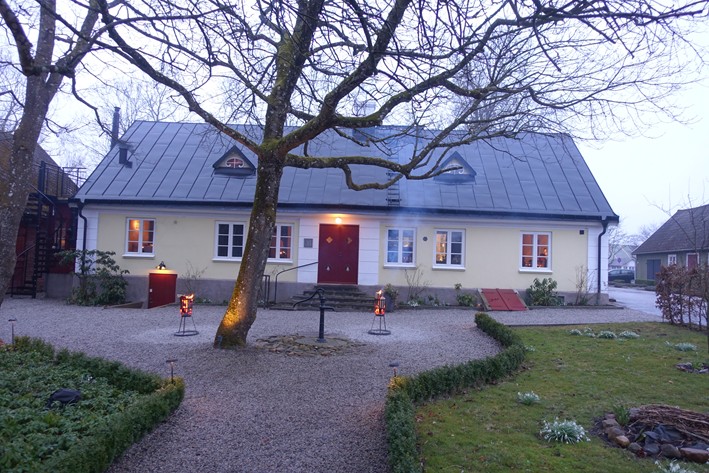

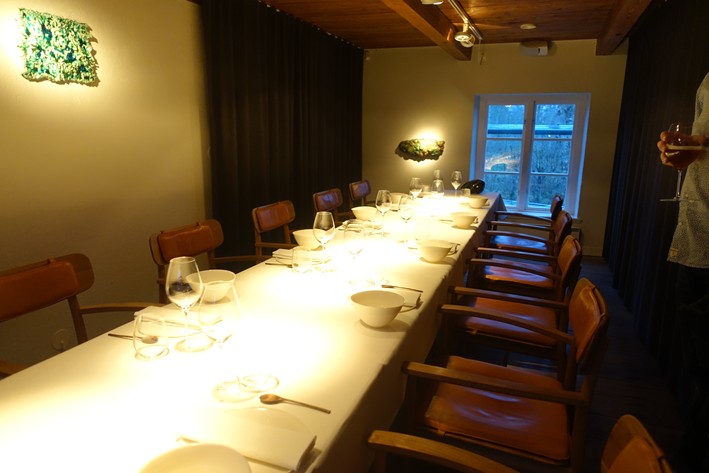
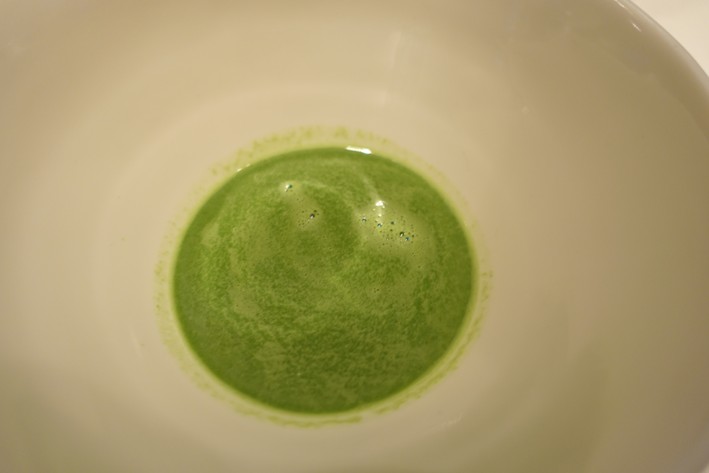
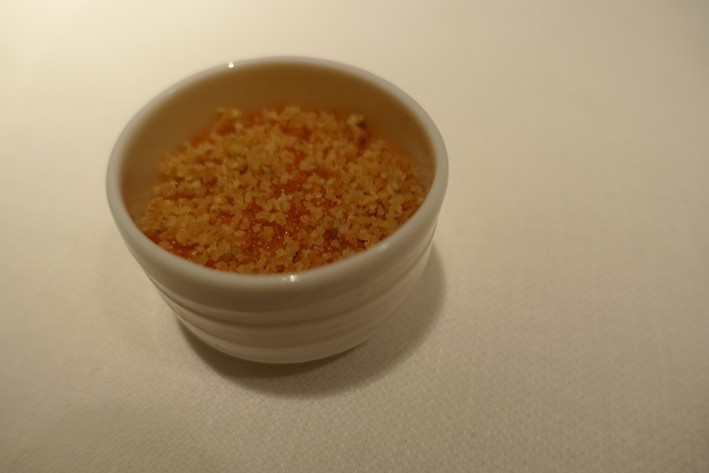
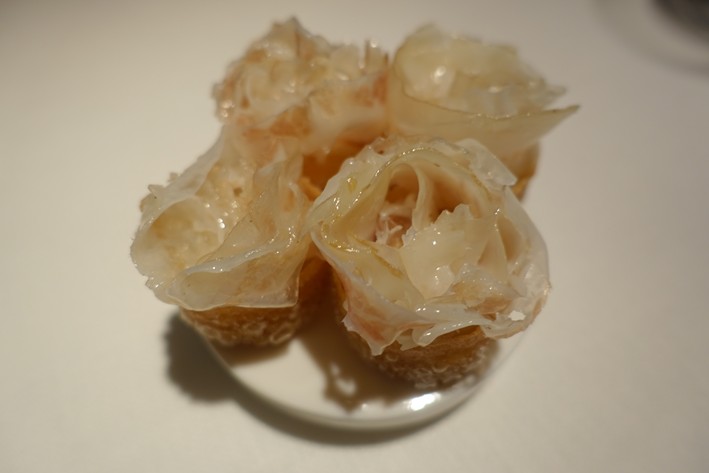

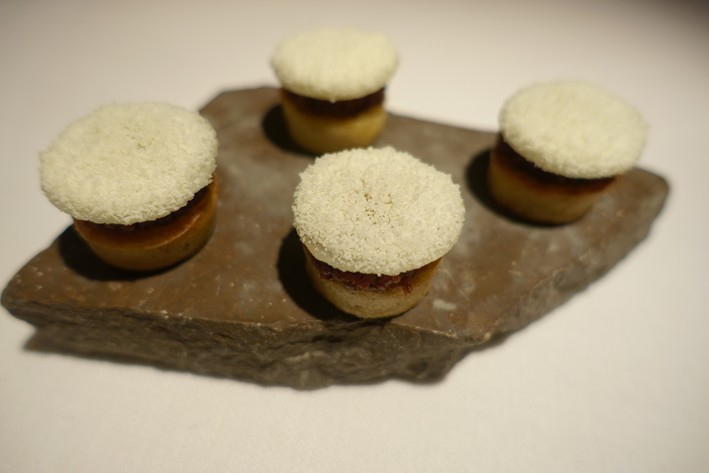
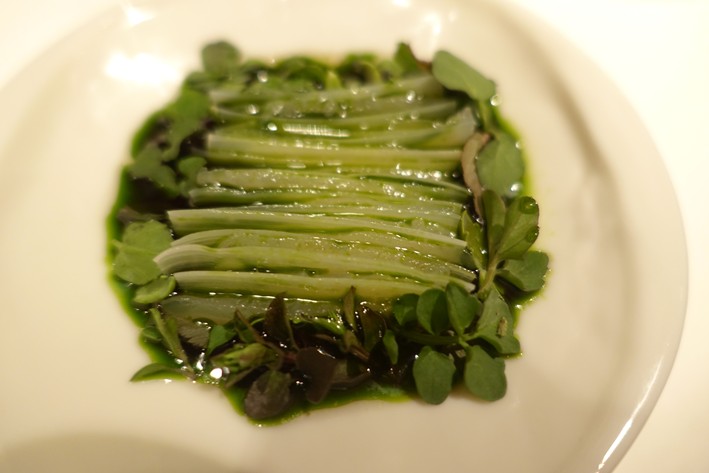
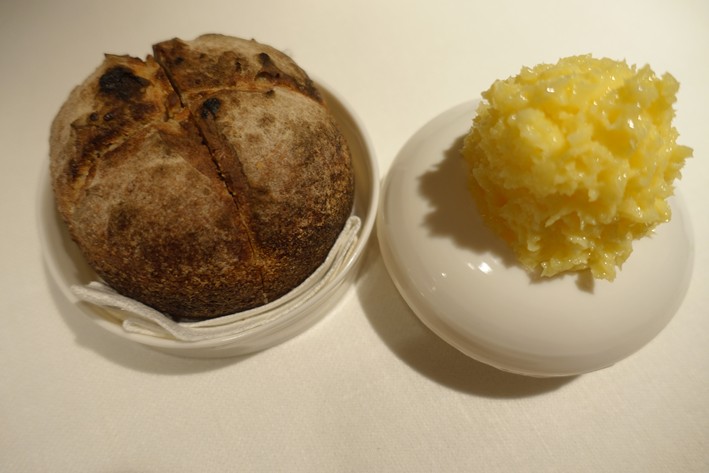

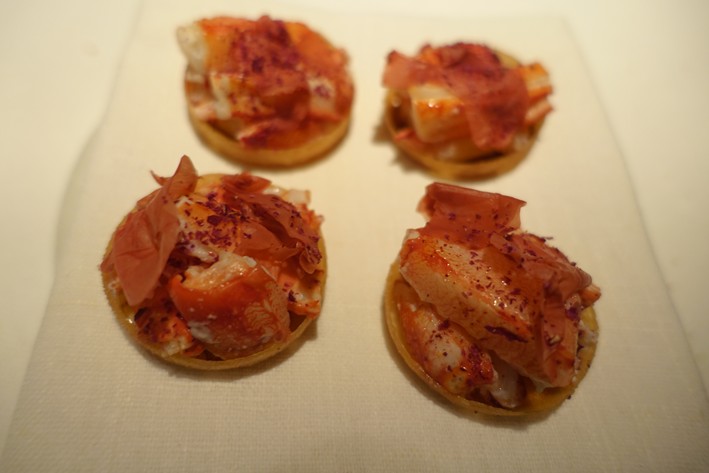
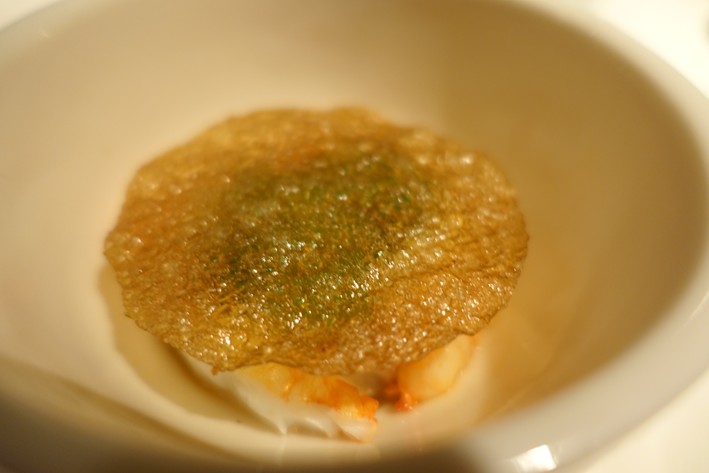


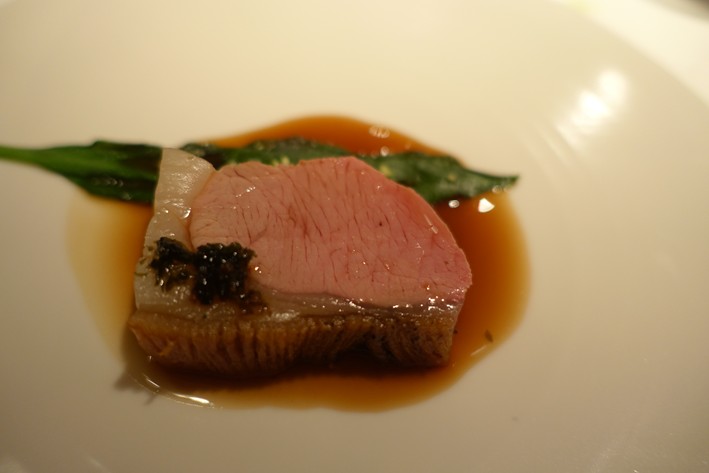
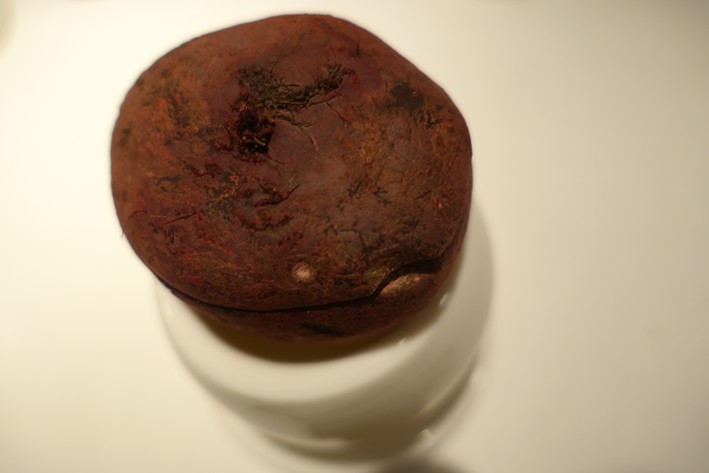
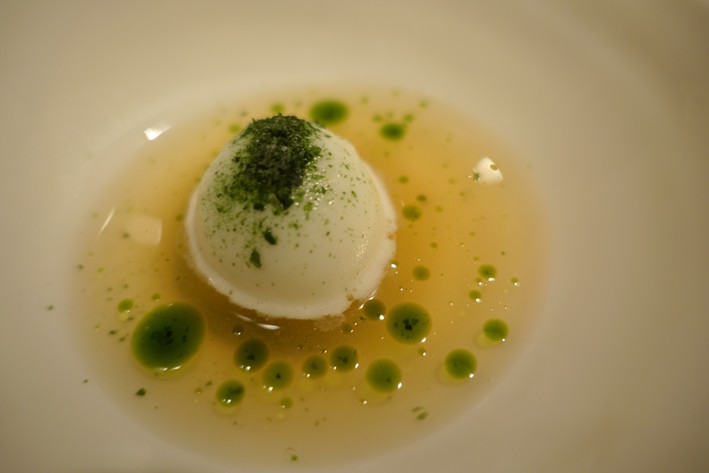
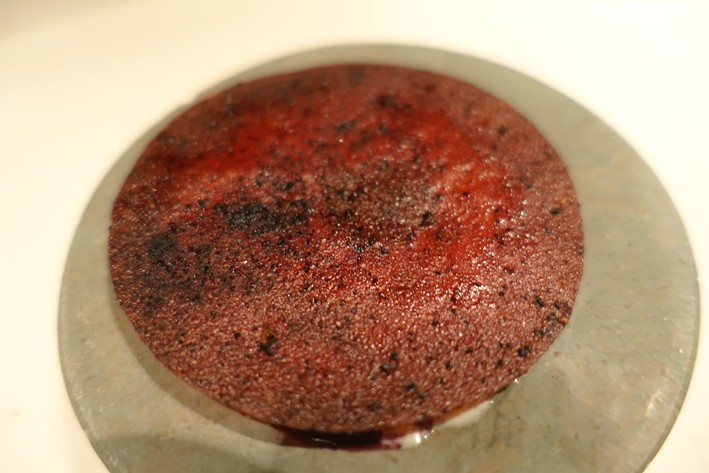
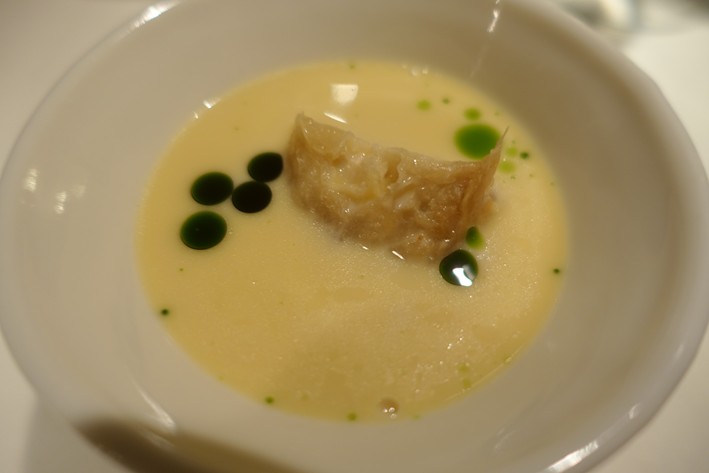
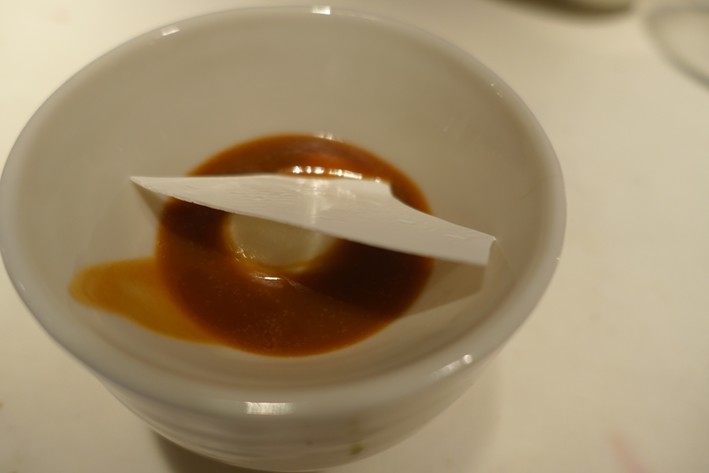

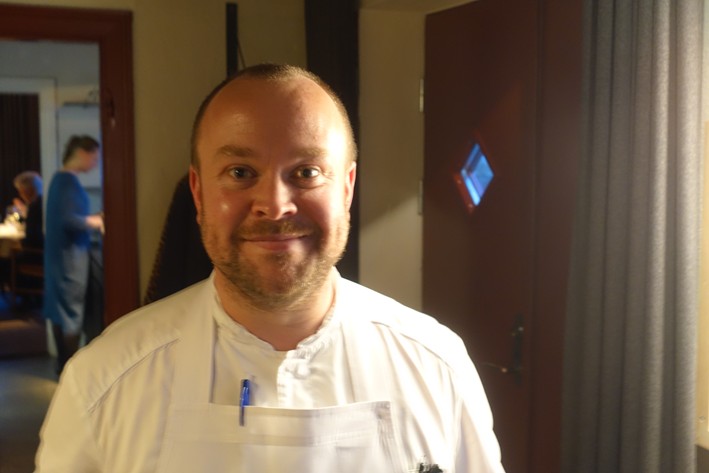

Add a comment
Thank you for submitting your comment, this will be checked and added to the website very soon.
User comments